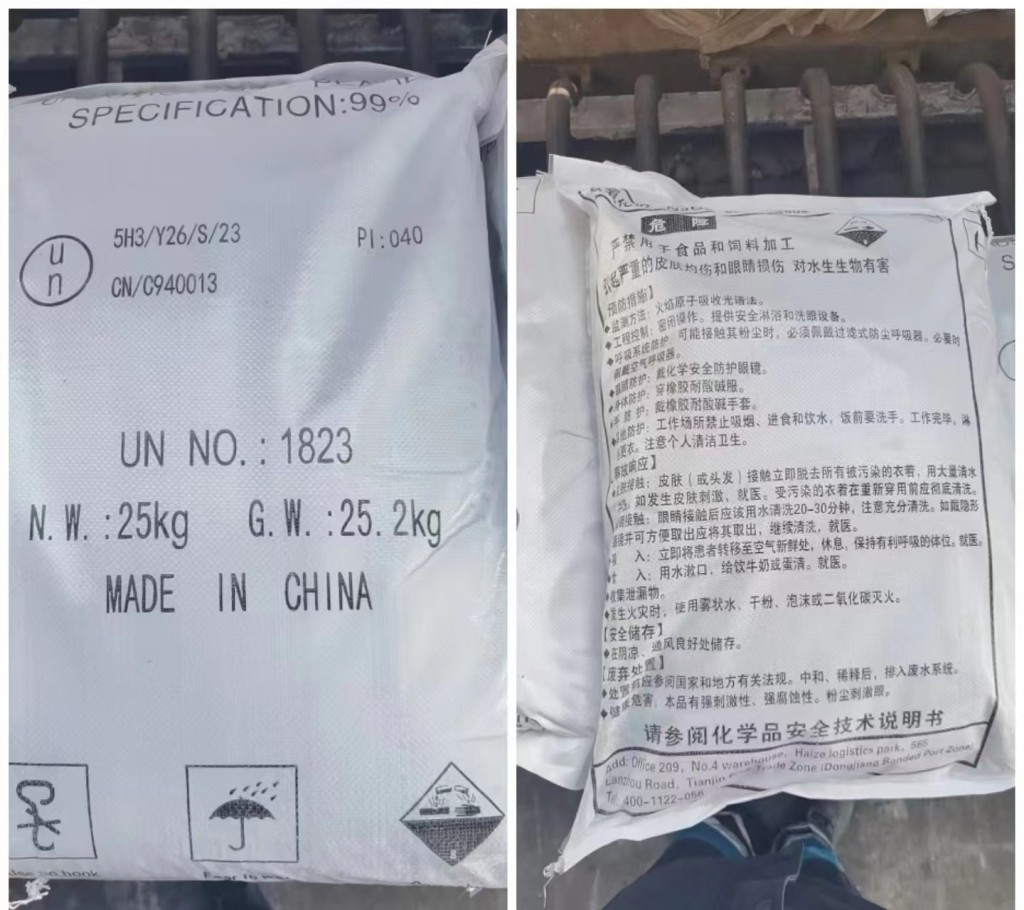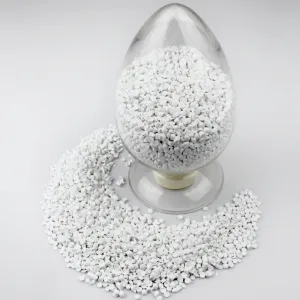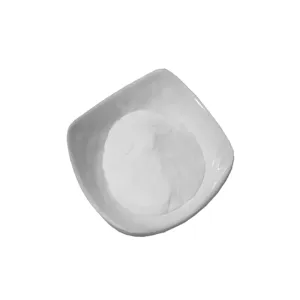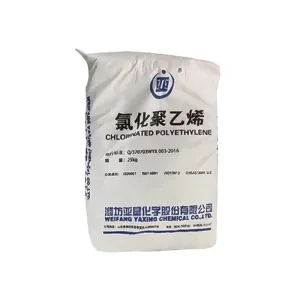Reliance oil-to-chemicals sales rise by 42% in Q4
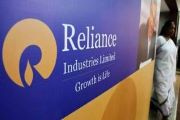
Reliance Industries Ltd’s revenue from oil-to-chemicals segment for 4Q FY22 increased by 44.2% Y-o-Y to ₹ 145,786 crore ($ 19.2 billion) primarily on account of higher realization on the back of sharp increase in crude oil prices – Brent crude prices were up 66.5% Y-o-Y to $ 101.4 /bbl. Product volumes was also higher by 4.2%, with steady recovery in demand. Segment EBITDA for 4Q FY22 improved by 24.8% Y-o-Y to ₹ 14,241 crore ($ 1.9 billion) led by multi-quarter high transportation fuel cracks, partially offset by lower polymer & intermediates margins and higher energy cost. Downstream product margins were impacted by weak naphtha cracking economics and supply over-hang in fibre intermediates. EBITDA margin for the quarter declined by 150 bps Y-o-Y to 9.8%. This was primarily due to base effect driven by higher feedstock and product prices. Domestic polymer demand improved during the quarter with overall improvement in economy and easing of pandemic restrictions. During 4Q FY22, overall demand improved by 3% Y-o-Y which was 16% above pre-COVID level. FY22 polymer demand improved by 8% Y-o-Y with domestic markets witnessing robust demand from essential sectors like agriculture, health & hygiene, e-commerce food packaging and infrastructure. PE margins averaged $ 325/MT during 4QFY22 as against $445/MT in 3QFY22 and $539/MT in 4QFY21. The sharp increase in naphtha prices resulted in unfavourable economics for naphtha-based crackers. Naphtha prices averaged $871/MT in 4QFY22, up 23% Q-o-Q. PP margins averaged $412/MT during 4QFY22 as against $524/MT in 3QFY22 and $750/MT in 4QFY21. High operating cost due to strengthening of crude oil, energy and feedstock prices impacted margins. PVC margins averaged $441/MT in 4QFY22 as against $586/MT in 3QFY22 and $682/MT in 4QFY21. Decline in PVC margins over naphtha and EDC was led higher EDC prices caused by firm feedstock prices. Logistics constraints, higher ocean freight and regional availability constraint continue to support domestic prices. Robust supply chain network and superior customer service supported optimum product placement in domestic market. RIL continued to maintain leadership position in domestic polymer market. High Volatility and uncertainty in feedstock prices led to slow down in global polyester markets. Spike in energy prices due to ongoing conflict resulted in high processing cost across Polyester chain. Chinese market also showed weakness amidst the rising COVID cases. China downstream operating rates reduced, resulting in higher inventory with Polyester producers. Domestic polyester demand was up 1% Y-o-Y during 4Q FY22; which was up by 22% from pre-covid level. PSF and PET demand growth was firm at 4% and 9% Y-o-Y respectively. However, PFY demand declined by 3% Y-o-Y amidst higher price volatility. Polyester demand growth for FY 22 was strong at 24% with re-opening of economies and rebound in consumption. Full year demand growth was led by PFY (+31%) and PSF (25%). PET demand growth during the year was at 6%. Polyester chain margins averaged at $561/MT during 4Q FY22 as against $631/MT in 3Q FY22 and $612/MT in 4QFY21. PX margins improved Q-o-Q from a low base but continue to remain weak. Q-o-Q polyester chain deltas declined 11% with weak MEG and PTA margins due to high feedstock costs and capacity overhang. Downstream polyester margins were supported by high cotton- polyester delta and weak intermediate prices. Total throughput (including refinery) was 19.3 MMT an increase of 3.2% over 4Q FY21. RIL Cracker operating rate was at 99% for 4Q FY22. Gasoil and gasoline production were maximised with improved product cracks. Fuel mix was optimised through minimised sourcing of high-cost LNG. Biomass co-firing maximised at HMD/DMD, making Reliance India’s largest Biomass consumer for power generation, a step towards achieving Net Carbon Zero goal.
Register Now to Attend NextGen Chemicals & Petrochemicals Summit 2024, 11-12 July 2024, Mumbai
Recommended Suppliers
 June 3, 2024
June 3, 2024  June 3, 2024
June 3, 2024  June 17, 2024
June 17, 2024  June 18, 2024
June 18, 2024  June 18, 2024
June 18, 2024 

